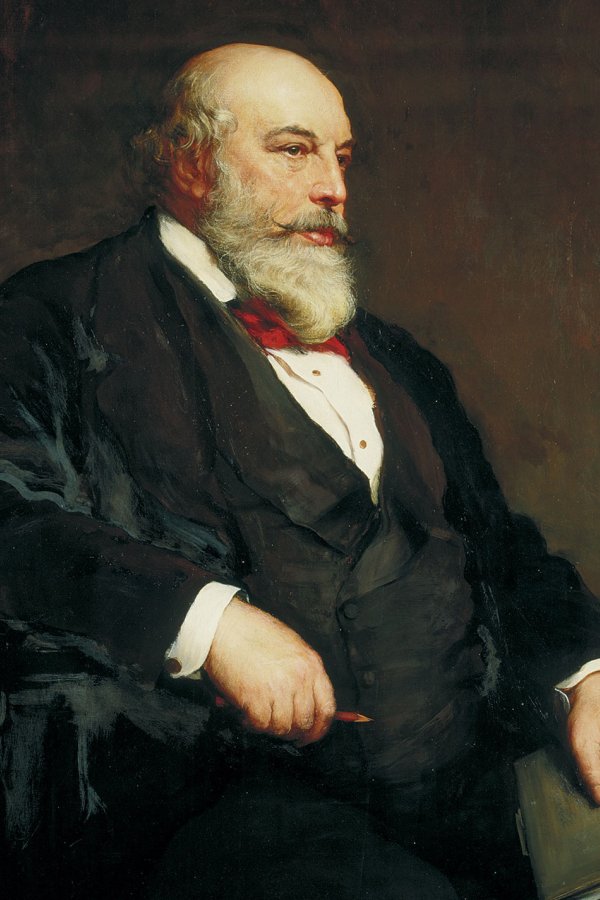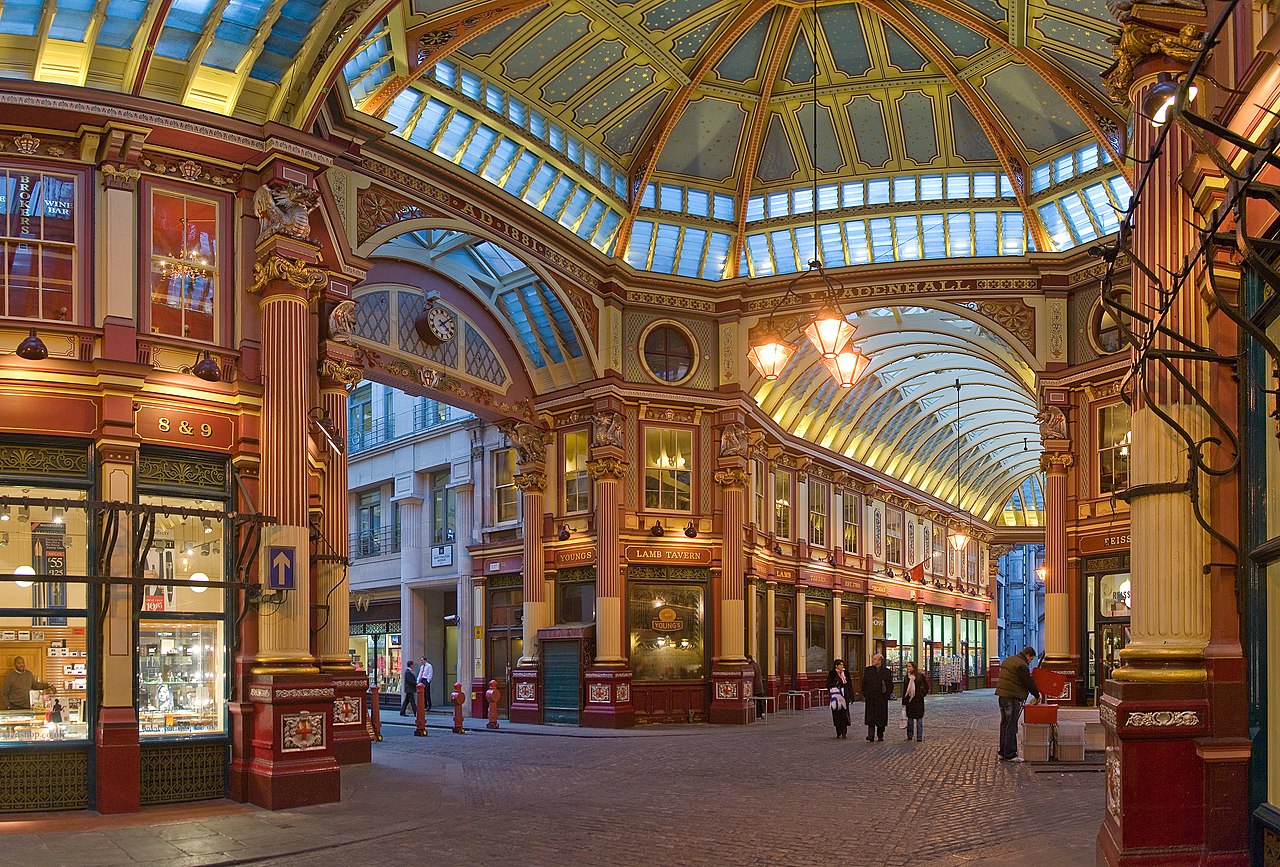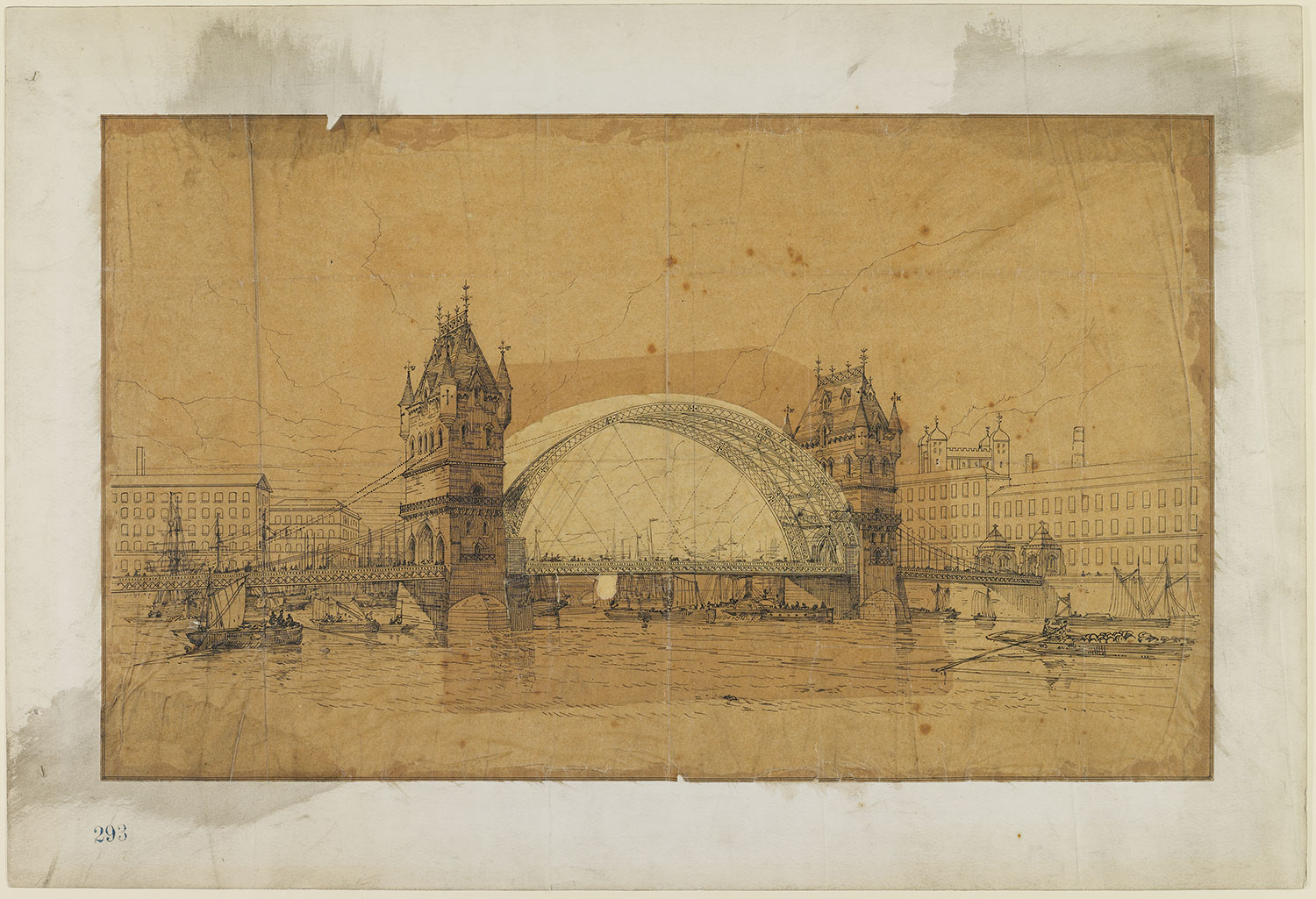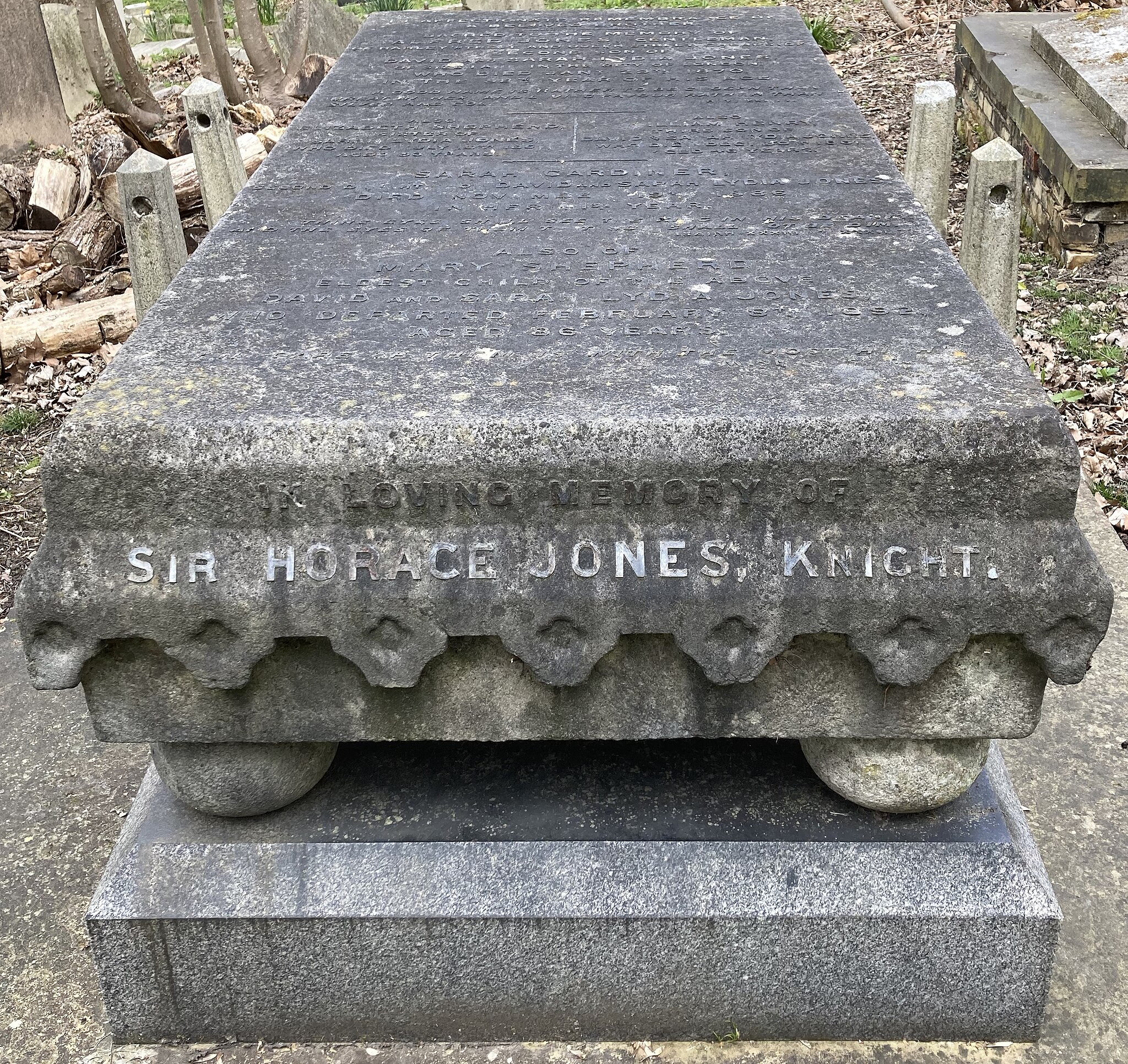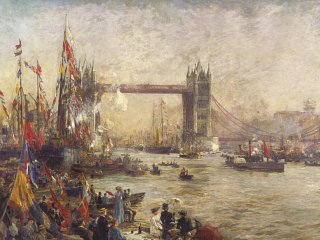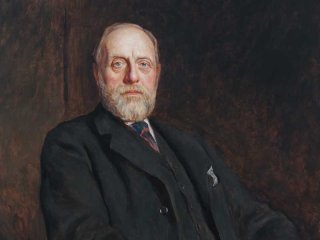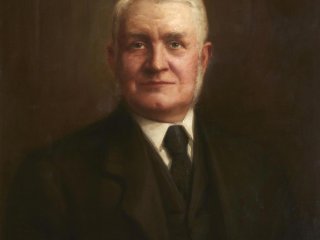Sir Horace Jones
Sir Horace Jones was an English architect surveyor to the City of London, most famous for designing Tower Bridge. Discover the story of the man behind the Bridge as well as his other impressive achievements.
Image above: one of the original designs for Tower Bridge
